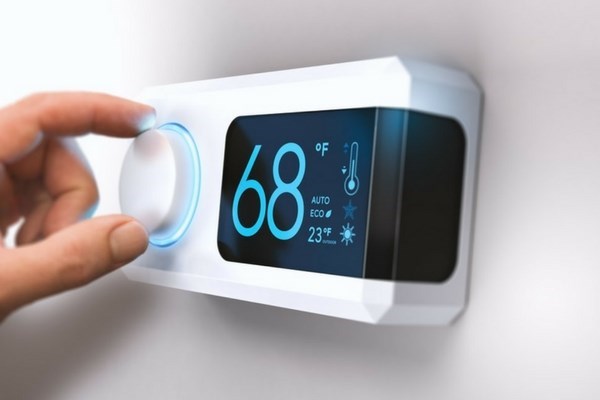
Have you ever wondered how your home air conditioner works? Most people just turn on the central AC system never really understanding what is actually happening when it operates.
Did you know that your home refrigerator, ice machines, window AC units, supermarket refrigeration, car ac, all work using the same basic principles? Your central HVAC system is just a heat exchanger. Heat is absorbed in the refrigerant from the air in the house and is transferred outside via the refrigerant and is ejected into the outside atmosphere.
How Does a Home AC Work?
Your central home AC system has four key components along with a refrigerant that allows it to cool your house.
- Refrigerant
- Evaporator
- Compressor
- Condenser
- Metering device
Refrigerant
A refrigerant is a chemical designed for whatever temperature application is needed. There are many types of refrigerant, but only two are commonly used in residential HVAC systems. Most homeowners refer to refrigerant as Freon.
Freon (R22) and Puron (R410) used in home AC systems are actually brand names of refrigerant. Although they have different characteristics, they both achieve the same results. The refrigerant in the system is the media used to absorb the heat from the air in the house.
Evaporator
The evaporator coil is located in the air handler inside your house if you have a traditional split air conditioning system.
The evaporator coil looks similar to a car radiator. Copper or aluminum tubing covered with aluminum fins to increase the surface area and the heat transfer from the warm air to the refrigerant inside.
Compressor
The home AC compressor is the "engine" of the air conditioning system. The compressor is a vapor pump used to compress the refrigerant vapor and increase the refrigerant pressure/temperature within the system.
Condenser
The condensing unit is located outside the house. Similar to the evaporator coil, it is copper/aluminum tubing covered with a fine surface designed to maximize heat transfer.
As the refrigerant circulates through and with the help of the condenser fan, heat is rejected from the coolant to the outside air.
Metering Device
The metering device located in the air handler is a designed refrigerant restriction in the system. The two most common styles are a fixed orifice and a TXV. The fixed orifice ( a fixed opening freon flows through ) feeds refrigerant to the evaporator coil at a fixed rate determined by the pressure in the system.
A TXV valve ( Thermal Expansion Valve ) modulates the refrigerant flow according to the temperature of the refrigerant leaving the evaporator coil. Because of this, it helps make the air conditioning system more efficient.
How Do Home Air Conditioners Work?
Now we have the essential HVAC components let's put it all together:
Your home AC thermostat is a heat-sensitive switch. When the indoor air temperature rises above the temperature setpoint, the air conditioning system turns on. The compressor in the outside condensing unit compresses the refrigerant vapor.
The friction from the compression of gas increases the temperature and pressure of the refrigerant. The refrigerant vapor is then circulated to the condenser coil. The outdoor condenser fan pulls air through the condenser coil as the coolant circulates.
This allows the refrigerant vapor to reject the heat it contains to the outside air and cool. By the time it leaves the condenser coil, the refrigerant has physically changed state from a vapor to a high-pressure liquid refrigerant. The coolant circulates to the refrigerant metering device with hundreds of psi of pressure.
As the refrigerant passes through a small orifice of the refrigerant metering device, the pressure drops tremendously. Because of the pressure change and the warm air being pulled across the evaporator coil by the air handler blower motor, heat absorption from the air occurs as the refrigerant changes state from a liquid to a low-pressure gas.
The cool air is now circulated throughout the house. Another benefit of air conditioning is humidity reduction. Because the evaporator coil is cold and below the dew point of the inside ambient air, humidity in the home condenses on the evaporator coil and is drained away outside via the condensate drain line. The now cool refrigerant makes its way back to the condensing unit outside, and the whole process continues until the set point temperature is reached on the thermostat.
How To Keep Your AC Working
The key to keeping the air conditioning operating normally as a homeowner is system maintenance. Have a professional air conditioning contractor inspect and clean the system yearly. Most "nuisance" service calls can be eliminated. These are clogged drain line, dirty equipment, correcting small mechanical/electrical issues before they become significant problems.
Tags
Subscribe to Air Zero's Blog




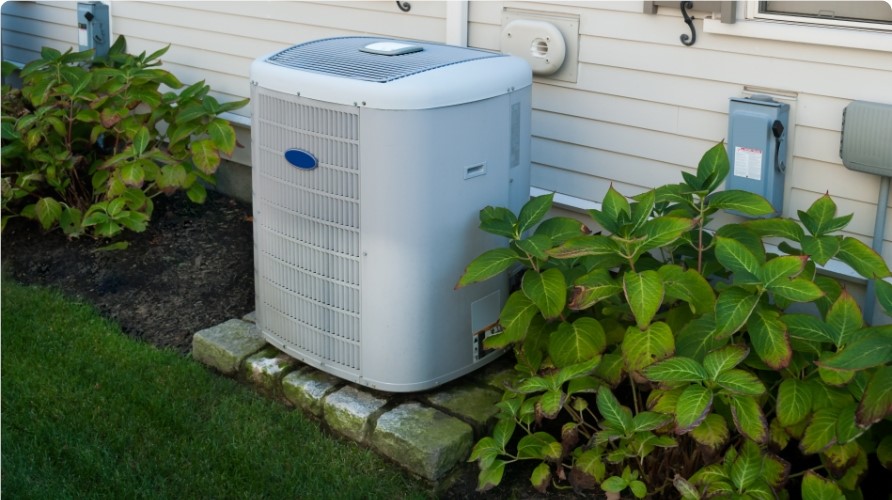

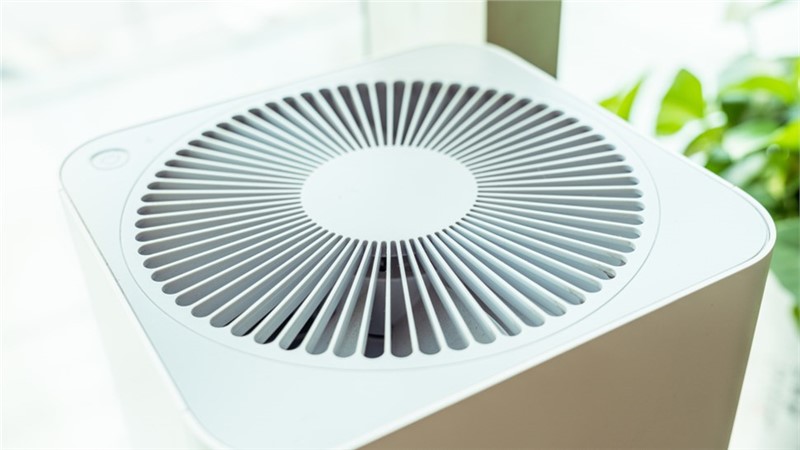
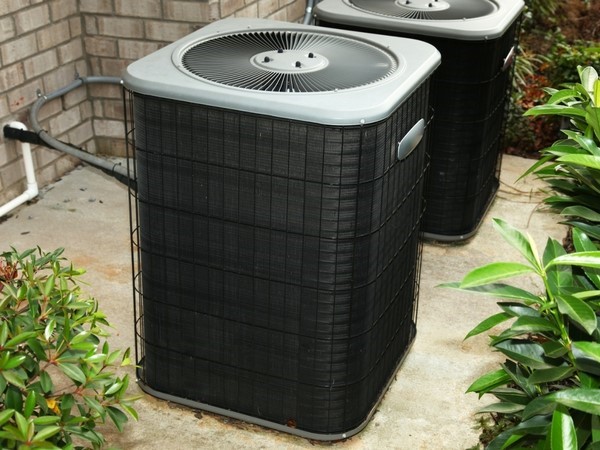
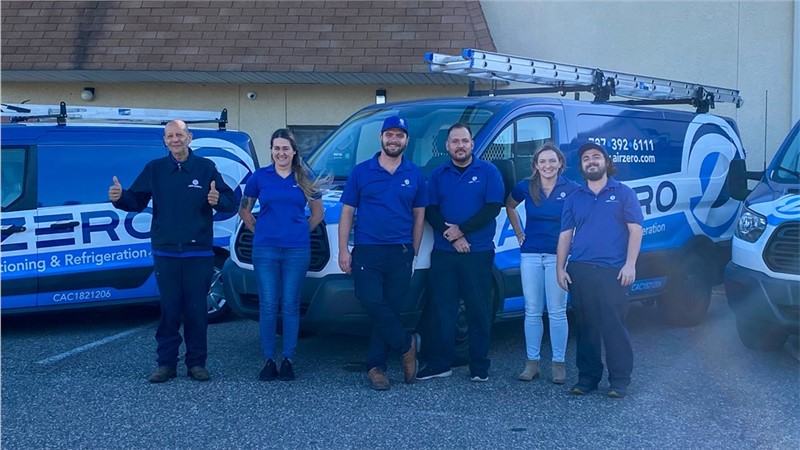

Comments